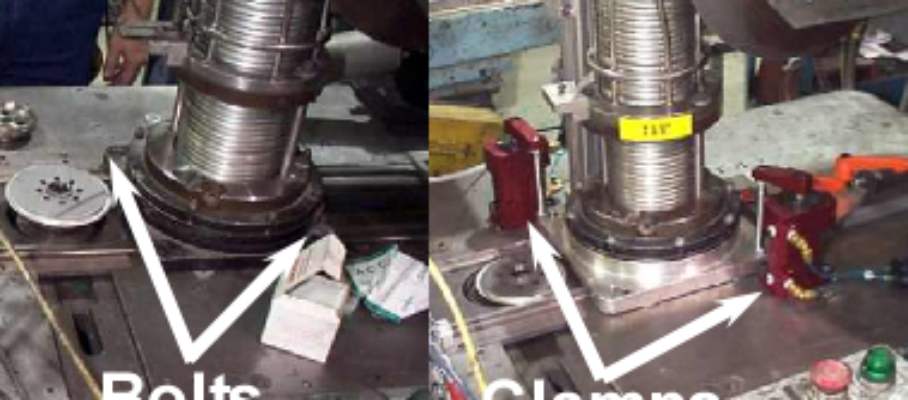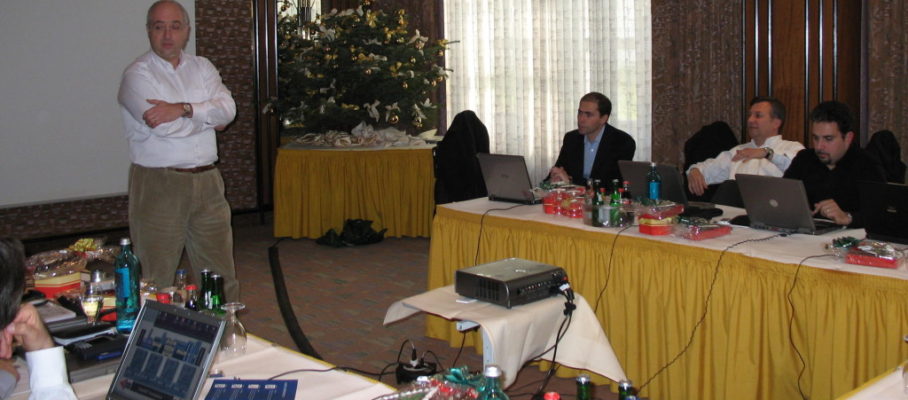Oct 22 2011
Kaizen without prerequisites
Question from Pedro Burgos: You have an assembly line where ‘Standardized Work’ is not utilized. The operators have ‘work instructions’ and follow them. They do not miss steps. But there are differences between operators in how the work is performed in terms of sequence. All of them perform under takt time, some more than others. Due to ‘wastes’ of motion. You are asked to do a Kaizen to reduce inventory quantities and space. Inventory quantities on the production floor varies, some parts have 3 days of inventory, some have 2 days, some have 1 day (16 hours). The goal is a ‘kanban’ of 2 hours of inventory in the assembly line. Do you think is possible to do this Kaizen? (Discussion in the LinkedIn Global Lean & Six Sigma Network)
Your question reminds me of the old story about asking a farmer in the countryside of Ireland how to get to Dublin, and getting the answer that “you don’t start from here.” In fact, regardless of its current state, a production line can always be improved.
Looking further at the way you describe the challenge, however, several things disturb me. First, while Kaizen, meaning improvement, is always possible, “a Kaizen” seems to designate a Kaizen event, a project template which is not always appropriate. Second, your description suggests opportunities for productivity and quality improvement, but neither is stated as an objective.
A top-down mandate to use a particular method to pursue two goals like inventory and space reduction does not strike me as a recipe for success. Instead, someone needs to do the following:
1. Take a close look at this assembly line.
2. Identify improvement opportunities in all dimensions of its performance.
3. Select one or two to pursue in priority based on improvement potential, technical feasibility, and human feasibility.
4. Determine the project management approach based on content, rather than the other way around.
This approach is much more likely to achieve the desired inventory and space reductions, among other improvements, than just running a Kaizen event to pursue these objectives directly and exclusively.







Oct 22 2011
This is a poll for managers and engineers
This is a poll for managers and engineers working in factories: how to you use manufacturing data? Please answer on http://linkd.in/ogOsOv, and comment if none of the choices fit you.
Share this:
Like this:
By Michel Baudin • Polls • 3 • Tags: Data mining, Information systems, Information technology, IT, Lean manufacturing